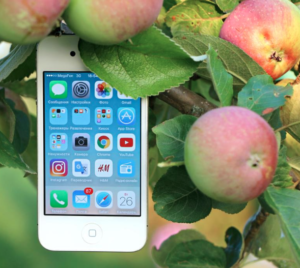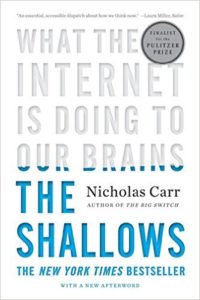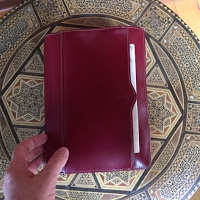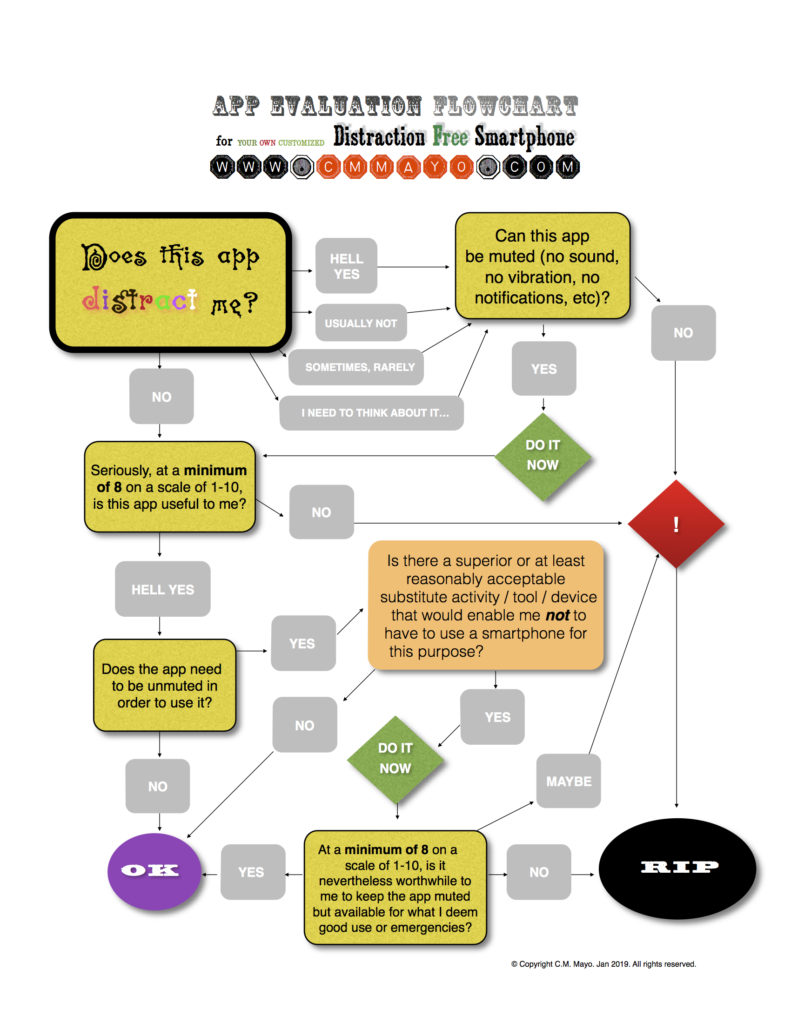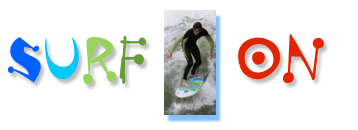
This blog posts on Mondays. Second Mondays of the month I devote to my writing workshop students and anyone else interested in creative writing. Welcome!
> For the archive of workshop posts click here.

As a writer your foremost resource is your creativity applied by the sustained power of your attentional focus.
Your foremost writerly resource is your creativity applied by the sustained power of your attentional focus. The Muse can gift you with a zillion ideas every minute of the day, but if you cannot plant yourself in your chair and stay focused on your writing, your book will ever and always remain an unfulfilled wish, a ghost of your imagination.
Most people have forfeited a more than generous portion of their attentional focus to their smartphones– to checking and scrolling through text messages, social media feeds, games, shopping, news, YouTube videos & etc. Ergo, I would suggest that if you want to get some writing done, don’t be like most people: consider your smartphone use. Very carefully.
And honestly. Yes, smartphones are gee-whiz useful. But when you consider how much of your time and attention they can so easily suck up, day after day after day, you can recognize how exceedingly dangerous they are to you as a writer.
And it’s not a one-for-one tradeoff: The more time you spend diddling with a smartphone, the more likely you are to suffer from what Nicholas Carr terms “the shallows,” making it increasingly difficult to focus for long on anything. In other words, if you’ve got the shallows, with an hour to work on your book, you no longer actually have an hour because you cannot focus on the page for that long.
There are 24 hours in each day. About a third of them are spent sleeping. Once those 24 hours are gone, they’re gone. If you want to fit in the hours and mental energy it takes to write a book, you have to make some choices.
Most people do not write books, and that includes most of the people who say they want to write a book. As if enchanted, they spend a many hours of their every day in a sort trance, looking at screens. I don’t know about most people, but I did not sign up for a stint on the Learning Planet to spend it, as it were, in Plato’s cave doing the watching-puppets-making-shadows-on-the-wall thing.
Of course, everyone’s life is unique in its joys, challenges, and responsibilities. I cannot claim that what works for mine will work for any one else’s. I share my strategies with the smartphone here not in the presumption that they are the only or the universal best, but simply in the hope that, because they have taken me no small trouble to formulate and refine, and they work very well for me, they might prove in some way useful to you as you consider your own strategies with your smartphone, should you be inclined to do so.
Everyone’s life is unique in its joys, challenges, and responsibilities. I cannot claim that what works for mine will work for yours.
Back in January of this year 2019 I posted on my distraction free smartphone (DFS) and in March on reclaiming “quality leisure,” to use Cal Newport’s term, as vital for enhancing not only quality of life, but creative energy. For me, these ideas clap together because, among other things, for “quality leisure” I have my reading, and I now make a habit of carrying a lightweight paperback for when I might otherwise succumb to checkin’-‘n-peckin’ the smartphone.
As I explained in the above-mentioned post, getting a smartphone to “distraction free” is not about simply going into “airplane mode.” Nor is it about rejecting the smartphone. I do use my smartphone; I am grateful to have such a miraculously powerful and convenient communications device and multi-tool. But, made distraction free, my smartphone serves me, I do not serve it– or rather, I do not serve the attention and data-harvesting corporations behind those cannily designed-to-addict apps. (They don’t call the father of captology B.J. Fogg “the Millionaire Maker” for nothing. See for example Ian Leslie’s reporting in The Economist.)
And without “itchy thumbs,” I can better attend to my writing.
I do use my smartphone; I am grateful to have such a miraculously powerful and convenient communications device and multi-tool. But, made distraction free, my smartphone serves me, I do not serve it.
A NOTE ON READING FOR QUALITY LEISURE
Like many writers, I read like a ravenous owl. For my work-in-progress I have been doing a good amount of reading, but alas, these books are generally too large or, in some cases, fragile to carry around; moreover, such reading requires sustained focus and note-taking. (Not a few of these I might term a three-coffee slog…) When I have no other option, I will read a Kindle, using the Kindle app on my iPad– not on my smartphone. Never on my smartphone!
For “quality leisure”/ smartphone substitute reading–that is, something appealing to me to do besides succumb to the siren call of the smartphone– I look for something not work-related that is physically lightweight, and, crucially, that I would, without hesitation, dip into in odd moments.
(Litmus test: would I find it appealing to read while waiting at the tram stop?)
This is the lineup for April: Willa Cather’s O Pioneers!; Atul Gawande’s Being Mortal; and John Muir’s The Mountains of California.

Since January of this year, so far so good (with the exception of one episode noted below): my smartphone, turned off and zipped in its bag within a bag, remains at once useful to me and distraction free. I do use my DFS for emergency communications –“emergency” being a necessarily elastic term– yeah, if I call it an emergency, then it is (ye olde “self-authority”)– and I also use a select few distraction-free apps such as a camera, calculator, and recorder.
For the full story and explanation of my distraction free smartphone (DFS), plus an app evaluation flowchart, should you be so inclined to consider making your own tailor-made DFS, see the original blog post, “It Can Be Done! This Writer’s Distraction Free Smartphone.”)
FOUR CHANGES SINCE JANUARY
(1) An Anti-Trigger for “the Gotta-Show-a-Photo” Trigger
I’ve become increasingly alert to how often an engaging conversation suddenly disintegrates because someone just has to take out their smartphone to show a photo– here’s my dog, here’s my kid being super cute, here’s me at this awesome place on vacation! The problem is, once taken out, there sits the smartphone on the table– to be picked up again in another moment to Google something, check something, show another something, text, check for texts, make or take a phone call… In short, there goes any coherent civilized conversation with those who are actually, I mean physically, present.
(Moreover, as we increasingly rely on visual media to communicate, we’re losing verbal skills.)
I cannot control other people’s itchy fingers for their smartphones, but certainly, I can address my own tendencies. Here’s my antidote for what I think of as the “gotta-show-the-photo” excuse / trigger for bringing out the smartphone: a little card I keep in the bag with my smartphone. It reminds me to keep the smartphone where it is– in the bag— and take the opportunity to exercise my skills with, you know, like, language.

In our culture, my stance on the smartphone, not to mention my carrying this little card with my smartphone, might seem eccentric, even extreme. But I submit that it is our culture, in accepting widespread enthrallment to these djinn-like little screens as normal, that is extreme. As in freaky weird.
Why do I want to avoid showing photos on my smartphone to other people? Because I want to reduce the triggers to pick up my smartphone! Towards an effectively distraction free smartphone, this is not trivial.
In captology expert B.J. Fogg’s terminology, with this little card tucked in with the smartphone, I hereby provide a counter-trigger, should I have been triggered to pick up the smartphone to show some photos. For the full explanation of the DFS, and more about B.J. Fogg’s ideas, see my post, “It Can Be Done! This Writer’s Distraction Free Smartphone.”
(But OK… if I know you, and if I am really fond of you, and you are really fond of me, and you really, truly, truly, very truly really want to see my super cute dogs, I will take my smartphone out and show you photos of them, say, snoozing on the sofa, rolling on the grass, and/or holding the totally awesome squeaky squirrel toy! And even if I don’t know you all that well and you were to show me pictures on your smartphone of your dogs, or your kids, or your totally awesome vacation, I would be polite and say nice things because that would be sweet of you, and I accept, as I must to live happily in this world, that not everyone shares my ideas about what constitutes freaky weirdness.)
(2) Radio Swiss Classic
Another change is that, when traveling, I now use my smartphone for listening to music. (At home I use an iPad, usually parked in the kitchen, for that.) My go-to site is Radio Swiss Classic. No surfing around, no listening to podcasts, no social media, no YouTube, no people jabbering on (as on NPR), just Radio Swiss Classic– Mozart, Beethoven, Bach, Vivaldi, endless free streams of it, 24/7.
Merci beaucoup and Danke schön, Swiss taxpayers.
(3) Uber
And another change is that on a recent trip where timely transportation was otherwise unavailable, I had to download and use the Uber app. Not a bad experience! (I know, I’m late to the parade on this one.)
(4) Texting (…Sigh…)
When Required for Certain Financial Transactions and Emergencies
And yet one more, but alas, less felicitous, advent is that for certain online financial operations (and that would include booking a ride with Uber) one now must receive a texted code to confirm the login and/or transaction.
There are some work-arounds: for example, Go Go Grandparent allows you to book Uber rides without a smartphone, using a landline or flip-phone. For some other online financial transactions such as certain credit card purchases and transfers, you can call your bank and authorize skipping this step of a code sent by text message; however, they advise against it for security reasons.
Oh, how I hate texting.
My thumbs are allergic to texting!
Emergencies: I am thinking of, say, being buried in rubble after an earthquake– yes, that might be a good time to text. (Screaming could also help.)
A confession: On that same recent trip, which was to AWP, a ginormously gimungous writers conference held this year at the Oregon Convention Center, I texted with another writer to coordinate a meeting for coffee. I won’t say I regret the meeting– I was delighted to meet with an old friend. But of course, after my friend texted me that she would text me about getting together after the next panel concluded, I ended up checking for her next text. And checking again. And then checking. Just to meet for a 10 minute coffee between panels required multiple texts. I’m on the way. And Be there in 5. That sort of thing.
(On this note, this is one of the reasons I prefer smaller writers conferences where everyone has lunch and/or dinner in the same room, everyone meets in the bookfair or mingles in the hallways outside the panels– I can see everyone I want to see without having to arrange meetings.)
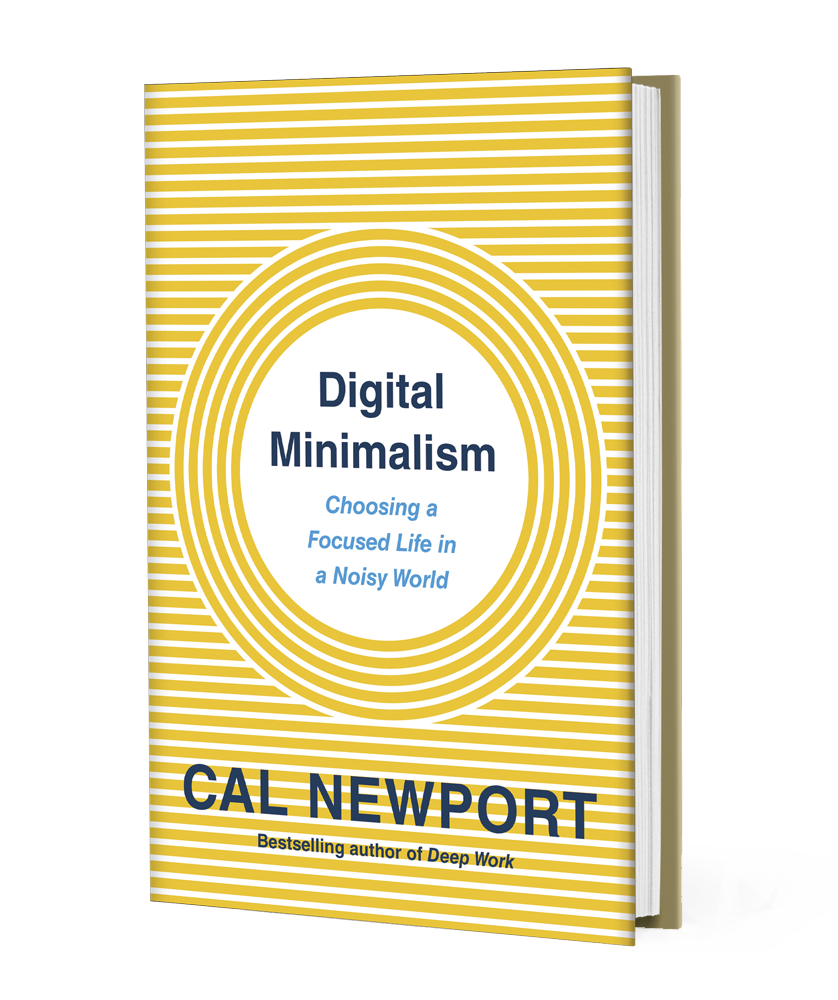
I have been holding the fort against texting and, in particular, Whatsapp, despite heavy pressure from family and friends. When I asked Cal Newport, author of the excellent Digital Minimalism, on his questions forum how he handles texting, he advised that one simply has to “train other people’s expectations.”
Hmmm… There’s a blog post I don’t think I’ll write.
Of course I can appreciate that in certain circumstances texting can be a very appealing and indeed the best method for timely communication. That said, texting can be minimized or eliminated by
(1) prior planning; (2) respecting those plans; and (3) trusting the universe that healthy relationships are possible and that no one will spontaneously combust without constant, tick-like messaging.
What I observe is that just about everyone is checking their smartphone all the livelong day, and expecting to be able to text and thereby expecting to leave everything last-minute flexible precisely because everybody else is checking their smartphone all the livelong day– and night.
Count me out. Apart from my wanting — and my need as a writer–to eliminate distractions from my smartphone, I do not want my relationships electronically intermediated by a corporation, at least to the extent that I can help it. When I’m in a writers conference I want to be in a writers conference, not off in the corner, or doing the smombie shuffle, checking my smartphone for the 157th time since breakfast.
As for communicating with and as disembodied consciousnesses– which is, effectively, what we do when we communicate with each other other than in person– there’s plenty of that going on already with email, the phone, print media and online media, and then, if you buy the idea, after this lifetime, bingo, there’s the whole of eternity for communicating with and as disembodied consciousnesses.
Like I said, what works for me may not work for you.
Just don’t try to text me.
LOOKING TOWARDS THE SECOND QUARTER OF 2019
So, since January, my DFS now has two additional apps, Radio Swiss Classic and Uber, both useful and welcome.
Yes, I will now send and receive text messages, however, only when obliged to do so for financial transactions, and for genuine emergencies– the latter being so rare that one has not yet happened for me whence texting appeared on the scene.
As I write this post, my distraction free smartphone (DFS) remains silently cozy in its zippered bag inside the bag– that bag, for now, in company with the paperback edition of Atul Gawande’s Being Mortal.
FREEDOM APP, YES!
As for the laptop– where I do my email, wordprocessing, blog updates, and any Internet research– I recently installed the latest version of the Freedom app. I hadn’t been too impressed with the earlier version, but this new one is a ludic loop snipper par excellence. It’s curious how well it works.
I don’t need the Freedom app for my smartphone, but if you are struggling with reducing the pull to yours, the Freedom app might be something for you to consider.
P.S. You can find more posts for the workshop, including several on attentional focus, at this blog’s roundup page, here.

Marfa Mondays Podcast #4 Avram Dumitrescu, an Artist in Alpine
Email Ninjerie in the Theater of Space-Time
Find out more about C.M. Mayo’s books, shorter works, podcasts, and more at www.cmmayo.com.


